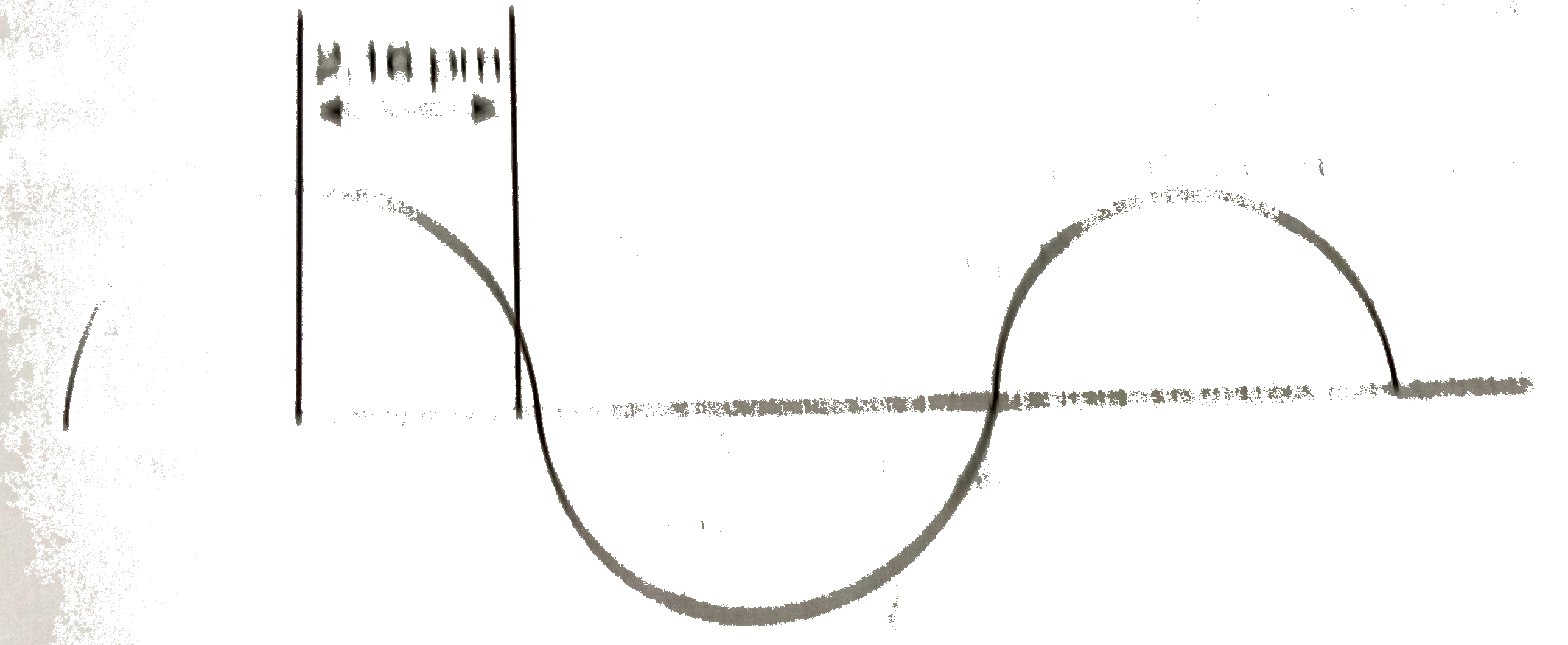Complete Solutions to Short Answer type Questions of chapter STRUCTURE OF ATOM of Class 11 book with complete answers and questions
| Class 11 | CHEMISTRY |
| Chapter | STRUCTURE OF ATOM |
| DINESH COMPANION CHEMISTRY | Short Answer type Questions |
| Number Of Questions | 24 |
| Academic Year | 2023-24 |
Arrange s,p and d subshells of a shell in the increasing order of effective nuclear charge `(Z_(eff))` experienced by the electron present in them.
View SolutionShow the distribution of electrons in oxygen atom (atomic number 8) using orbital diagram.
View SolutionNickel atom can lose two electrons to form `Ni^(2+)` ion. The atomic number of nickel is 28. From which orbital will nickel lose two electrons?
View SolutionWhich of the following orbitals are degernate?
`3d_(xy),4d_(xy),3d_(z^(2),3d_(yz),4d_(yz),4d_(z^(2))`
View SolutionCalculate the total number of angular nodes and radical nodes present in 3p orbital.
View SolutionThe arrangement of orbitals on the basis of energy is based upon their (n+l) value. Lower the value of (n+l), lower is the energy . For orbitals having same values of (n+l). The orbital with lower value of n will have lower energy.
I. Based upon the baove information arrange the following orbitals in the increasing order of energy.
(a) 1s,2s,3s,2p (b) 4s,3s,3p,4d
(c) 25p,4d,5d,4f,6s (d) 5f,6d,7s,7p
II. Based upon the above information Solve the question. give below.
(a) hich of the following orbitals has the lowest energy
`4d,4f,5s,5p`
(b) which of the following orbitals has the higher energy?
`5p,5d,5f,6s,6p`
View SolutionWhich of the following will not show deflection from the path on passing through an electric field?
Proton,cathode rays, electron,neutron.
View SolutionAn atom having mass number 13 has 7 neutrons. What is the atomic number of the atom.
View SolutionWavelengths of different radiations are given below:
(A) 300nm (B) `300 mu m` (C) 3nm (`30A^(@)`
Arrange these radiations in the increasing order of their energies.
View SolutionThe electronic configuration of valence shell of Cu is `3d^(10)4s^(2)`. How is this configuration explained ?
View SolutionThe Balmer series in the hydrogen spectrum corresponds to the transition from ` n_(1)=2` to `n_(2)=3,4`........ This series lies in the visible region. Calculate the wave number of line associated with the transition in Balmer series when the electron moves to n=4 orbit.
`(R_(H)=109677cm^(-1))`
View SolutionAccording to de-Brogile, matter should exhibit dual behaviour, that is both particle and wave like properties. However, a cricket ball of mass 100 g does not move like a wave when it is thrown by a b owler at a speed of 100km/h. calculate the wavelength of the ball and explain why it does not show wave nature.
View SolutionWhat is the experimental evidence in support of the diea that electronic energies in an atom are quantized?
View SolutionOut of electron and proton which one will have, a higher velocity to produce matter waves of the same wavelength ? Explain it.
View SolutionA hypothetical electromagnetic wave is shown in figure. Find out the wavelength of the radiation.

View SolutionChlorophyll present in green leaves of plants absorbs light at `4.620xx10^(14)Hz`. Calculate the wavelength of radiation in nanometer. Which part of the electromagnetic spectrum does it belong to?
View SolutionWhat is the difference between the terms orbit and orbital ?
View SolutionTable-tennis ball has mass 10g and s peed of 90m/s. if speed can be meausred within an accuracy of 4%. What will be the uncertainly in speed and position?
View SolutionThe effect of uncertainty principle is significant only for motion of microscopic particles and is negligible for the macroscopic particles. Justify the statement with the help of a suitable example.
View SolutionHydrogen atom has only one electron, So, mutual repulsion between electrons is absent. However, in multielectron atoms mutual repulsion between the electrons is significant. How does this affect the energy of an electron in the orbitals of the same prinicipal quantum number in multielectron atoms?
View SolutionThershold frequency, `v_(0)` is the minimum frequency which a photon must possess to eject an electron from a metal. It is different for different metals. When a photon of frequency `1.0xx10^(15)s^(-1)` was allowed to hit a metal surface, an electron having `1.988x10^(-19)J` of kinetic energy was emitted. Calculated the threshold frequency of this metal.
equal to 600nm hits the metal surface.
View SolutionWhen an electric discharge is passed through hydrogen gas, the hydrogen molecules dissociate to produce excited to produce excited hydrogen atoms. These excited atoms emit electromagnetic radiation of discrete frequencies which can be given by the general formula
`vecv=109677[(1)/(n_(i)^(2))-(1)/(n_(f)^(2))]`
What points of Bohr's model of an atom can be used to arrive at this formula? Based on these points derive the above formula giving description of each step and each term.
View SolutionCalculate the energy and frequency of the radiation emitted when an electron jumps from n=3 to n=2 ina hydrogen atom.
View SolutionWhy was a change in the Bohr Model of atom required ? Due to which important development (s), concept of movement of an electron in an orbit was replaced by the concept of probability of finding electron in an orbital ? What is the name given to the changed model of atom?
View Solution
Short Answer type Questions questions and complete solutions for chapter STRUCTURE OF ATOM of S DINESH & CO CHEMISTRY (HINGLISH) of Class 11
All Exercises from DINESH COMPANION CHEMISTRY Class 11 CHEMISTRY STRUCTURE OF ATOM
- Additional important questions
- Assertion-Reason Type Questions
- Assignment
- Board Examinations
- Competitive Examinations
- Comprehension Linked MCQs
- Concept based questions
- Example
- H.O.T.S. Conceptual Questions
- H.O.T.S. Numerical problems
- Multiple choice questions (MCQs)
- Multiple choice questions (Type-I)
- Problems for practice
- Reason Type Questions
- Select the correct answers
- Short Answer type Questions
- Value based questions